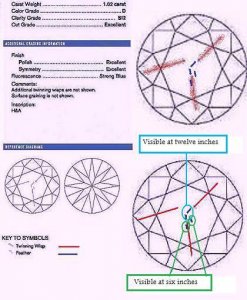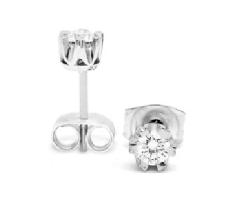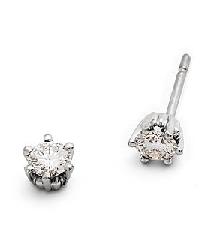Kashmira
Shiny_Rock
- Joined
- Aug 16, 2009
- Messages
- 144
What''s the "lowest" quality you would consider for a pair of diamond stunds? I''d like to get a pair that face up white with lots of brilliance. I know that cut is very important but what about colour and clarity- what is the "lowest" colour/clarity you can get and still have diamonds that look white?
Also is fluorescence a bad or good thing when it comes to diamonds?
Also is fluorescence a bad or good thing when it comes to diamonds?










300x240.png)